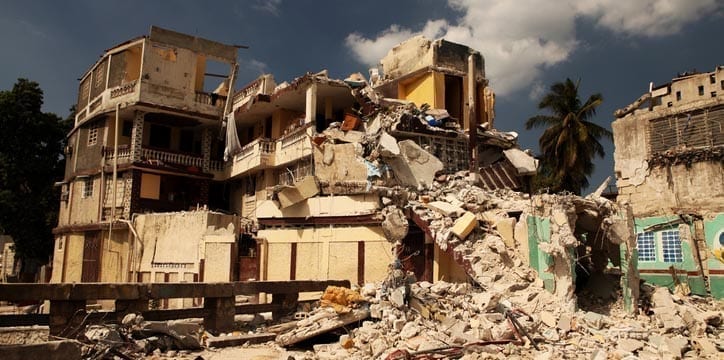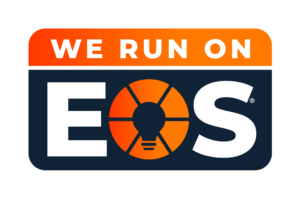Massive 6.4 Earthquake in Puerto Rico Forces Hospital and Nursing Home Evacuations

A series of powerful earthquakes on January 7, 2020 destroyed or damaged many buildings and knocked out power across the island. As a result, at least one hospital and several nursing homes had to be evacuated.
During a major disaster, the pool of available ambulances is usually completely engaged in responding to emergency medical incidents. This makes the problem of safely evacuating large numbers of patients extremely problematical.
In widespread disasters such as the Puerto Rico earthquakes, additional ambulances from mutual aid partners may not be available for days. Even if some ambulances are available, they are typically designed to handle one or two patients per trip. This ties up both the vehicles and a significant number of EMTs.
A solution to this problem is to have one or more permanently equipped AmbuBus Conversion Kits installed in a school or metro bus. An AmbuBus can typically handle 12 supine patients and is flexible enough to accommodate, a mix of supine, seated, or wheelchair-bound patients.
An AmbuBus can also serve as a highly functional mobile triage unit. It can be equipped with an AmbuPower self-contained battery and inverter which replaces the need for a generator. This is extremely handy in situations like Puerto Rico when there are widespread power outages.
A Multiple Patient Monitoring System (MPMS) can be used with any portable computer and can capture up to 4.5 hours of patient data wirelessly for 12 or more patients.
The Mass Casualty Oxygen System (MCOS6) is a completely portable oxygen distribution that mounts to the AmbuBus frame. It enables delivery of individually metered oxygen for up to six people.
MCI Blocks which are a modular storage, transport, and deployment system that are color-coded to triage standards for easy identification. First Line Technology can pre-fill them with your desired contents to simplify triage and emergency medical treatment.
After the multiple patient transport phase of the disaster response, the AmbuBus frame kit can quickly and easily be removed from the bus and set up free-standing in a safe facility for patient or responder sleeping quarters.
Additional AmbuBus kits can be stored in or near a hospital and quickly set up in areas such as hallways or cafeterias to accommodate a surge in patients.
An AmbuBus equipped properly can greatly simplify medical evacuations and mass casualty medical response.
Freestanding AmbuBus kits can be set up in airport terminals, hangars, or even on the tarmac to serve as staging areas for large scale medical air transport operations.
Get more information on the AmbuBus and optional accessories and equipment.
Read the original article.




